Dry Beans
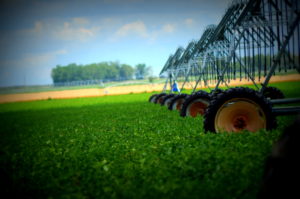
What are dry beans?
Dry beans are a pulse crop that is part of the legume family. The word “pulse” comes from the Latin word puls, meaning potage or thick soup. Pulses are the dry edible seeds of pod plants and are high in protein and fibre and low in fat.
The common cultivated dry bean is botanically classified as Phaseolus vulgaris. There are many types of dry beans. Some are based on production such as narrow row (solid seeding) and wide row (30 to 36 inches). Some are grouped according to plant growth habit such as determinate bush or indeterminate vining with associated plant growth types. The most widely grown in Alberta are indeterminate vining types.
Dry beans are also grouped based on seed and bean type – Great Northern, Pinto, Cranberry, Pink, Small Red, Yellow, Black Shiny, and Black Matte. Great Northerns and Pinto beans make up the majority of bean acres in Alberta. Production is greatly influenced by adaptability to a particular region and market demand. Alberta dry beans are mostly sold for human consumption.
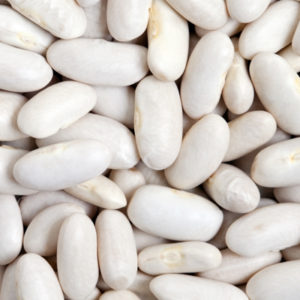
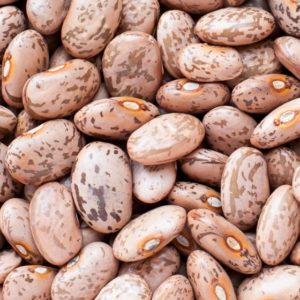
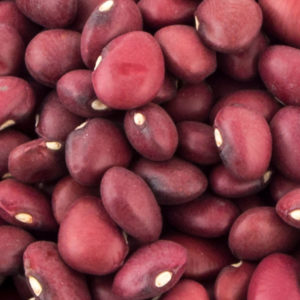
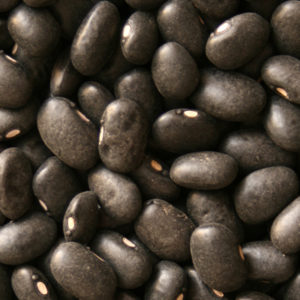
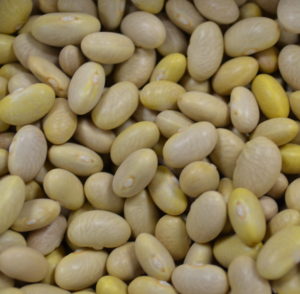
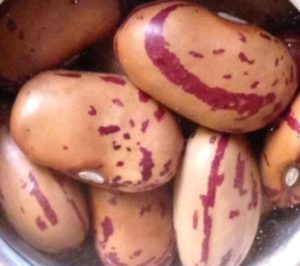
Where do dry beans grow?
Dry beans are a warm season crop and are grown across the southern part of the province. Southern Alberta is the largest, northern commercial bean growing area in North America. There are over 400 different types of edible beans grown throughout the world. Most beans are consumed in local diets.
In 2019, Alberta’s pulse growers grew 65,300 metric tonnes of dry beans on 53,900 acres with farm cash receipts of $48.1 Million. Alberta dry bean exports were valued at $110 Million with the top export countries by value – United States, Turkey, Greece, Egypt, United Kingdom, and Angola.
(Source: Alberta Agriculture and Forestry, Economics and Competitiveness Branch)
The top five dry bean producing countries in the world include India at 6.3 Million tonnes, Myanmar at 5.4 Million tonnes, Brazil at 3.0 Million tonnes, United States at 1.6 Million tonnes, and China at 1.3 Million tonnes. (Source, World Atlas, The World’s Top Dry Bean Producing Countries, (https://www.worldatlas.com/articles/the-world-s-top-dry-bean-producing-countries.html)
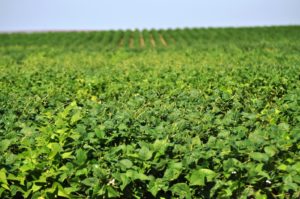
Consider growing dry beans if …
- You live in Southern Alberta and produce crops under irrigation.
- You live in an area that receives 1,900 corn heat units or more during the growing season.
- Your soil is medium-textured — for instance, light loams, sandy loams, or silt loams.
- Your fields have good drainage and low salinity.
- You’re interested in marketing flexibility, with commercial buyers located in your area. Dry beans are mainly sold for human consumption.
- You want to reduce your input costs (as pulses are nitrogen fixing); break disease cycles in your field; obtain a second-year yield boost in other crops following a pulse crop; improve your soil health; promote soil conversation and sustainable farming practices; and improve farm profitability.
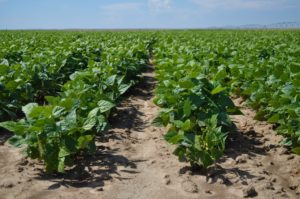
Description
Dry beans are herbaceous annuals, determinate or indeterminate in growth habit, which bear flowers in axillary and terminal racemes. Dry beans are a dicot crop and exhibit epigeal emergence (after germination, the cotyledons and the growing point push up above ground). For germination, the plant requires approximately seven days at a soil temperature of 16˚C. A dicot plant is any member of the flowering plants, that has a pair of leaves, or cotyledons, in the embryo of the seed.
Leaf Structures
The true first leaves are single and opposite, with all following leaves being trifoliate (with a leaf divided into three leaflet) arranged on alternate sides of the stem.
Determinate types have a central main stem with five to nine nodes (growing points) on the main stem. Indeterminate types have a main stem with 12 to 15 nodes, or even more in climbing vine types.
In addition to the distinction between determinate and indeterminate, there are four plant growth types:
- Type I – determinate bush with five to nine nodes (growing points) on the main stem.
- Type II – indeterminate bush-type with 10 to 12 nodes on the main stem and three to four branches.
- Type III – indeterminate, prostrate vine with 10 to 12 nodes on the main stem and several branches.
- Type 1V – indeterminate, with strong climbing tendencies requires trellis systems for optimum production.
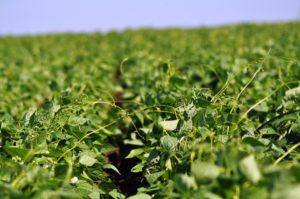
Reproductive nodes (flower)
Dry beans have white, purple, or pink flowers, depending on the market class, and emerge at the upper leaf axils.
The days-to-flower varies with variety, temperature and photo period and can take up to 50 days.
Flowers are normally self fertilized, developing into a straight or slightly curved pod.
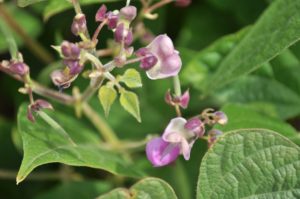
dry bean PODS
Pod size may vary depending on the variety of dry bean.
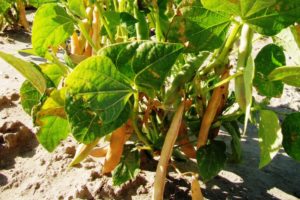
seed shape & size
Seeds may be round, elliptical, somewhat flattened, or rounded-elongated in shape and have a rich assortment of coat colours and patterns. Seeds of varieties produced in Alberta range in size from 170 – 400 gm per 1,000 seeds.
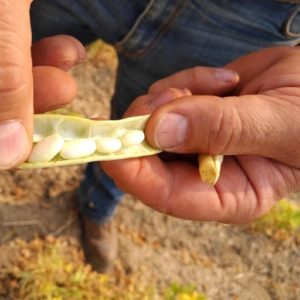
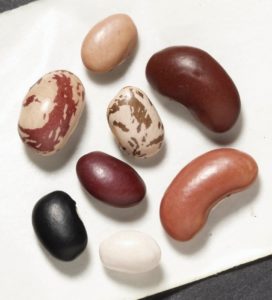
Adaptation Characteristics
Optimal Temperature |
|
Frost & Drought Tolerance |
|
Type |
|
Varieties |
|
Maturity/Dates |
|
Soil |
|
Stages of Development
The life cycle of the dry bean plant has four principal stages:
- germination and emergence
- vegetative stage
- reproductive stage
- senescence (mature stage)
Resources
History
Dry bean has evolved from a wild growing vine in the highlands of Central America and the Andes in South America into a major food legume crop. The cultivated type was introduced to Canada by European settlers. The need for diversification of crop production in Canada, and the development of dry bean varieties adapted to the environment, with improved seed quality and disease resistance, have resulted in a substantial increase in dry bean production since the mid-1990’s. (The Canadian Encyclopedia, Dry Bean)
Genetic analyses of the common bean Phaseolus show that it originated in Mesoamerica, and subsequently spread southward, along with maize and squash, traditional companion crops. (Bitocchi, Elena; et al. (3 April 2012). “Mesoamerican origin of the common bean (Phaseolus vulgaris L.) is revealed by sequence data”. Proceedings of the National Academy of Sciences. 109 (14))
Dry beans come from both Old World varieties of broad beans (faba beans) and New World varieties (Kidney, Black, Cranberry, Pinto, Navy/Haricot).
Special thanks to Saskatchewan Pulse Growers and Manitoba Pulse & Soybean Growers.
